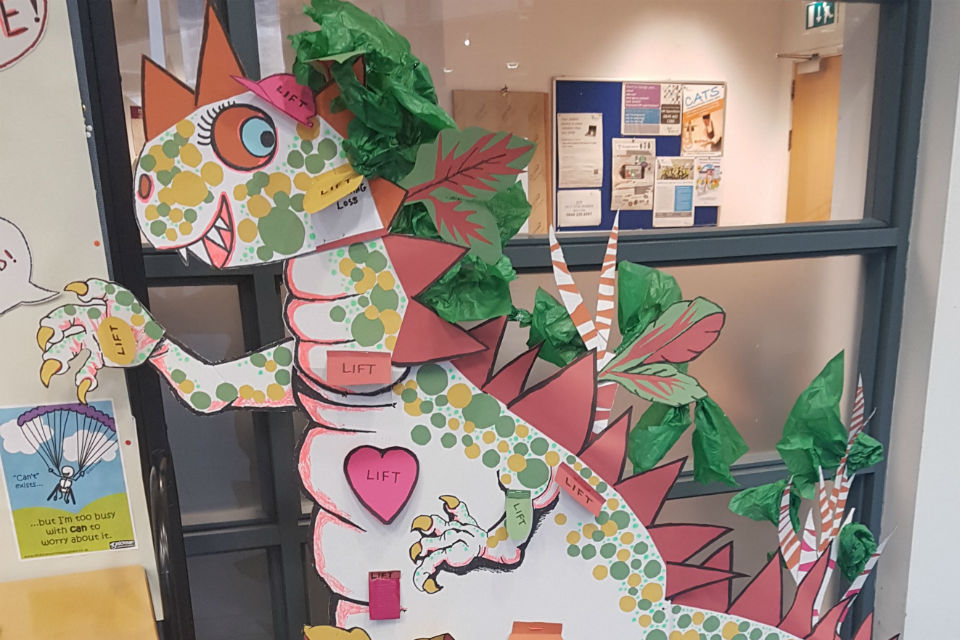Personal Disability Stories: Part 6 – Stella’s story
By Stella | GOV.UK, October 17, 2018
Stella’s story

I have been disabled from birth with Erb’s Palsy in one arm. This means I cannot lift heavy objects with both arms, or reach above chest height with one arm, and I have poor balance. Two years ago, as a direct result of using one arm for most activities during the past 50 years and more, I suffered a torn shoulder, which meant an operation, time off work, and repeated doctor’s appointments.
I’ve also got Type 2 Diabetes, again requiring regular appointments and check-ups, and have arthritis in my legs, and a heart condition. All these conditions are mostly invisible to colleagues.
To enable me to effectively undertake my role and provide a level playing field, I have the following adjustments: a wrist rest, with a separate additional wrist rest for my right arm, and access to a laptop to allow me to rest my arm and use the touch-mouse when I need to. My line manager is also flexible regarding leave requests for doctor’s appointments.
I joined the Civil Service in January 2009 and currently work for the Planning Inspectorate as a Customer Services Officer. I enjoy interacting with members of the public and finding solutions to their queries or issues. My disability does not prevent me from doing any aspect of this role. Indeed, I believe that it helps me to understand their diverse needs and empathize with the challenges they are experiencing.
In addition to my main job role I am a Union Learning Rep (ULR) and a member of our staff disability network. Every year, the network puts on an eye-catching Disability Awareness Day, using innovative attractions such as ‘Nellie the dinosaur’, who has her own hidden disabilities (as featured in a blog post by Philip Rutnam). We also have stalls at various work training events.

I make sure that we publicise the Workplace Adjustment Passport and include this in my own ULR ‘welcome pack’ to new members of staff.
Using the passport, you can track and update any adjustments you might need, and it is available for new managers and new departments if you change jobs within the Civil Service. The form can be used to capture all your adjustment needs or, if you prefer, you can create a separate form for each health condition.
The passport provides a vital audit trail of adjustments that your line manager has put in place to assist you in doing your job. If problems occur, it can be used to pursue the CSWAT (Civil Service Workplace Adjustment Team) review route; or as useful information for your union to support you: for example, in case of wrongful disciplinary action over time off related to your disability or condition.
I cannot emphasise too strongly how important I think this document is. None of us knows what is round the corner, even if we are in the best of health. None of us can expect to stay in the same team or even workplace, with the same manager, for years – today, it is all hot-desking and flexible working across teams.
This passport saves me having to walk about with a sign round my neck or having to explain everything to every new manager I work for.
About This Article:
A Life Worth Living has copied the content of this article under fair use in order to preserve as a post in our resource library for preservation in accessible format. Explicit permission pending.
Link to Original Article: https://civilservice.blog.gov.uk/2018/10/17/personal-disability-stories-part-6-stellas-story/

